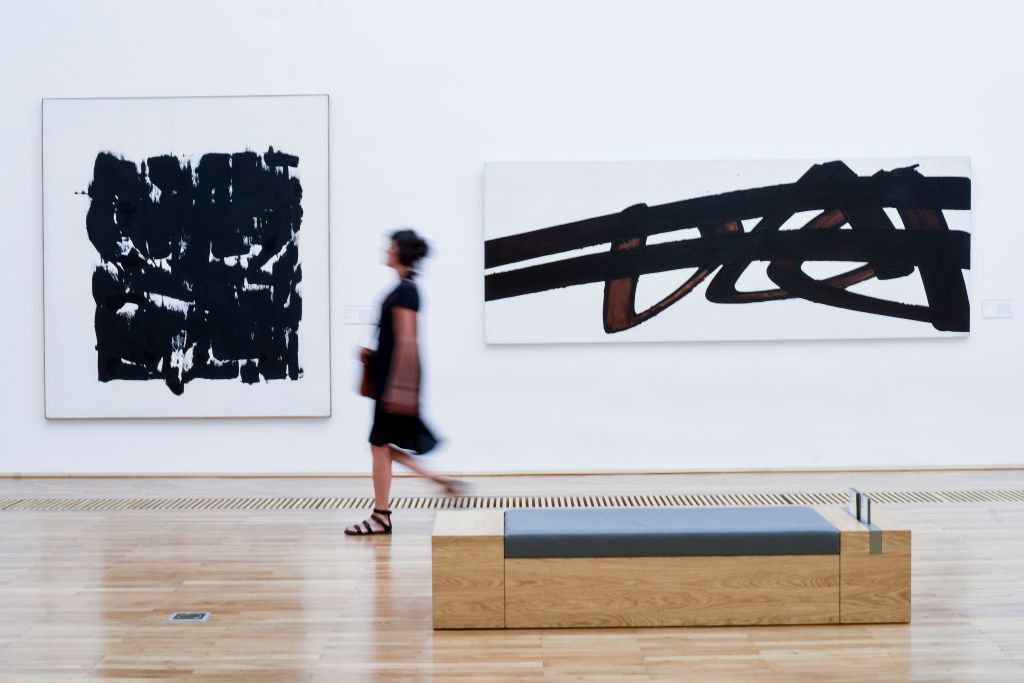[ad_1]
Judit Reigl, who painted all-over abstractions after cutting ties with André Breton and the Surrealists in Paris, has died at age 97. Reigl’s work Guano (Menhir), 1959–64, figured in the Metropolitan Museum of Art’s “Epic Abstraction” exhibition that opened in 2018.
Born in Kapuvár, Hungary, in 1923, Reigl attended the Hungarian Academy of Fine Arts in Budapest from 1941 to 1946. In 1950, she fled political turmoil in her native country for Paris, where she began working in a surrealist style. Some of the artist’s earliest pieces depicted unsettling, otherworldly, and outlandish creatures and scenes.
In 1954, Reigl met the writer André Breton, a critic who helped formalize the Surrealist movement, and Breton subsequently gave the artist a solo exhibition at the Parisian gallery L’Étoile scellée, where Surrealist artists frequently presented work. Shortly after that show, however, Reigl abandoned her Surrealist impulses in favor of abstraction.
The artist’s work would come to be defined by energetic brushstrokes and urgent explorations of space. Works in her series entitled “Outburst” feature swaths of color rushing into and away from a central point. For her “Outburst” pieces and later works like Guano (Menhir), Reigl scraped her paints with various implements so as to give the abstract forms a sense of movement.
After moving to the Parisian suburb of Marcoussis in 1963, the artist returned to figuration with a series of large-scale paintings titled “Man.” Her interest in the human body would persist in series she undertook in the 1980s and 1990s.
Throughout her career, Reigl exhibited at Galerie Kléber and the Centre Pompidou in Paris, Erdész-Makláry Fine Arts in Budapest, Ubu Gallery in New York, the Guggenheim Museum in New York, and other international venues. Her work can be found in the collections of the Metropolitan Museum and the Museum of Modern Art in New York, Tate in London, and more major institutions.
[ad_2]
Source link


